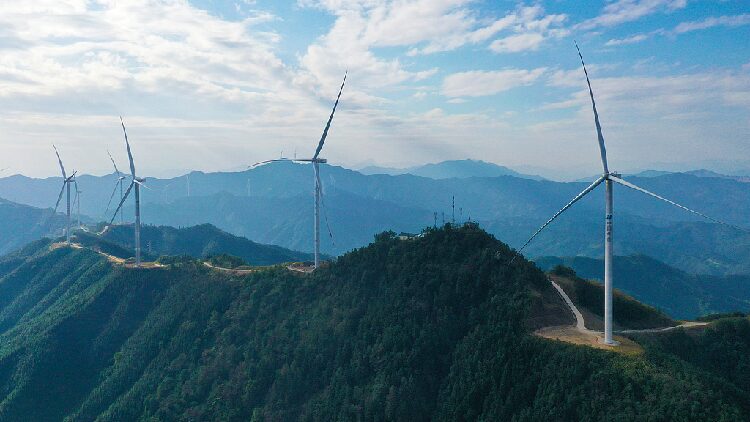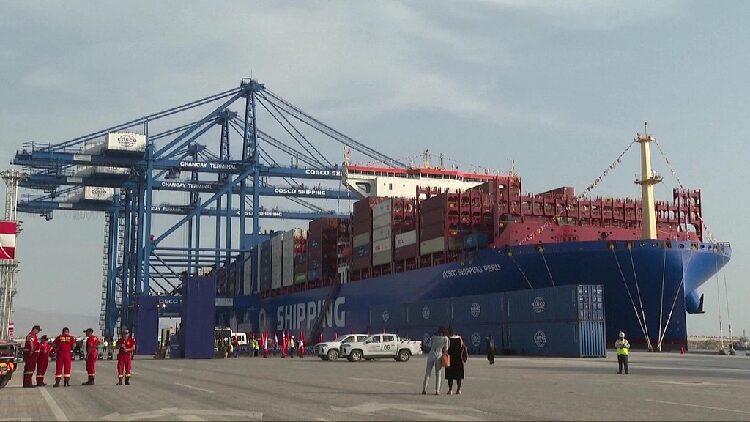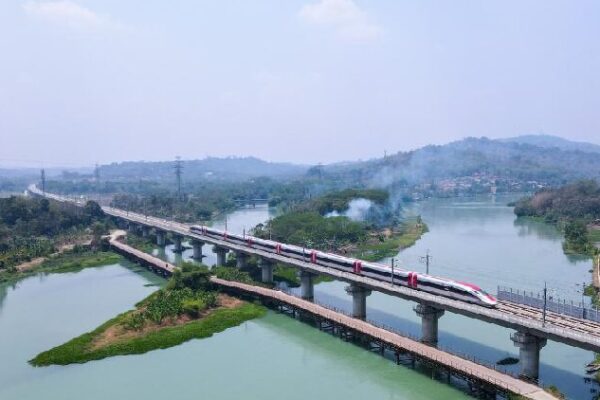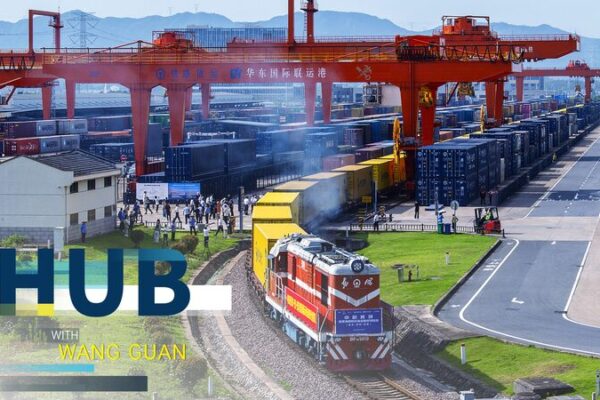China’s Green Silk Road: Paving the Way for a Sustainable Future
China’s ambitious Belt and Road Initiative (BRI) is not just about building roads and bridges; it’s about building a greener, more sustainable world. At the heart of the BRI is the “Green Silk Road,” a commitment to promote energy efficiency, circular economy practices, and the use of clean energy across participating countries.
Empowering the Global South with Clean Energy
Energy access remains a significant challenge in many parts of the Global South, especially in regions like Africa and Latin America. Without reliable energy, efforts towards industrialization and economic growth are often stalled. China is addressing this gap by partnering with nations to upgrade and expand their energy infrastructure, focusing on renewable sources like hydropower, wind, and solar energy.
A shining example is the Cauchari Solar Park in Argentina. Developed with Chinese investment and technical support, it’s one of South America’s largest solar farms, providing clean energy to hundreds of thousands of households. Not only does it reduce reliance on fossil fuels, but it also creates local jobs and strengthens infrastructure.
Sharing Technology and Knowledge
China’s efforts extend beyond building infrastructure. By transferring advanced technologies and sharing policy expertise, China is helping countries transition to greener economies. Projects like the Adama wind farm in Ethiopia showcase how technology transfer and training can empower local engineers and technicians, ensuring long-term sustainability.
China also shares its experience in transforming into a low-carbon economy, offering guidance on renewable energy subsidies, emissions trading systems, and green finance incentives. This knowledge helps other countries develop their own strategies for sustainable growth.
Global Collaboration for a Greener World
China is working with international organizations like the United Nations, the World Bank, and the Asian Infrastructure Investment Bank to support green projects in BRI countries. Through these partnerships, developing nations gain access to funding and technical support for clean energy and infrastructure projects.
By advocating for principles like “common but differentiated responsibilities,” China emphasizes that while climate action is a global responsibility, developing countries should receive support to pursue sustainable development without compromising their growth.
A Blueprint for Sustainable Development
China’s approach to the Green Silk Road offers a model for global sustainability. By focusing on energy accessibility, technology transfer, and international cooperation, China is helping to build a future where economic development and environmental stewardship go hand in hand.
The Green Silk Road is more than a concept—it’s a pathway towards a world that values equity, inclusion, and sustainability. Through collaboration and shared commitment, there’s a brighter, greener future ahead for all.
Reference(s):
cgtn.com








